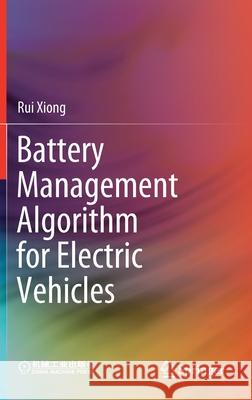Battery Management Algorithm for Electric Vehicles » książka
topmenu
Battery Management Algorithm for Electric Vehicles
ISBN-13: 9789811502477 / Angielski / Twarda / 2019 / 297 str.
Battery Management Algorithm for Electric Vehicles
ISBN-13: 9789811502477 / Angielski / Twarda / 2019 / 297 str.
cena 724,58
(netto: 690,08 VAT: 5%)
Najniższa cena z 30 dni: 655,41
(netto: 690,08 VAT: 5%)
Najniższa cena z 30 dni: 655,41
Termin realizacji zamówienia:
ok. 22 dni roboczych
Dostawa w 2026 r.
ok. 22 dni roboczych
Dostawa w 2026 r.
Darmowa dostawa!
Kategorie:
Kategorie BISAC:
Wydawca:
Springer
Język:
Angielski
ISBN-13:
9789811502477
Rok wydania:
2019
Wydanie:
2020
Ilość stron:
297
Waga:
0.61 kg
Wymiary:
23.39 x 15.6 x 1.91
Oprawa:
Twarda
Wolumenów:
01
Dodatkowe informacje:
Wydanie ilustrowane











